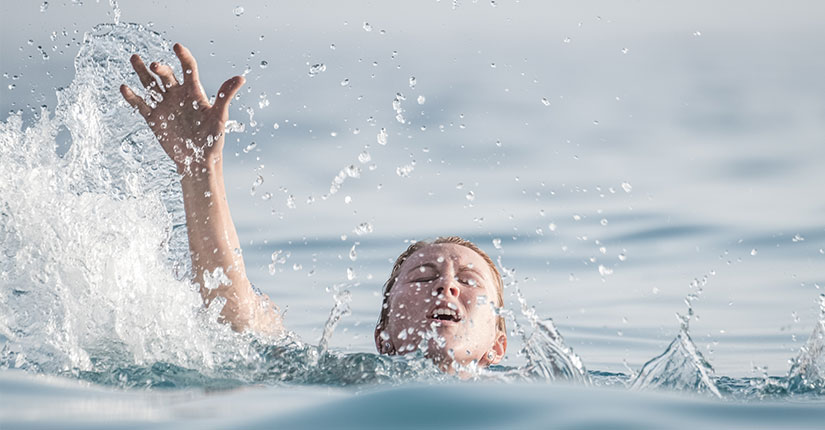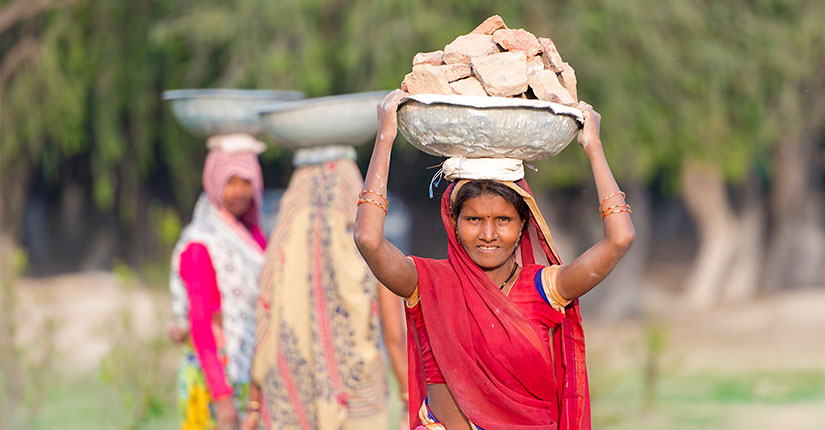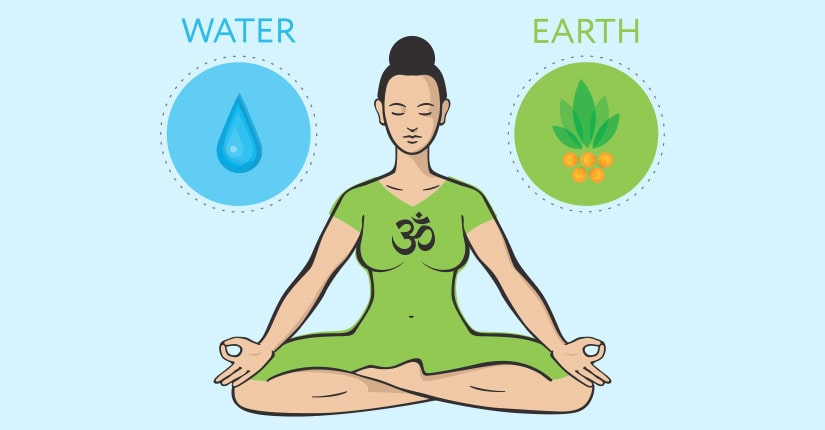WHO Tweeted That We Can All Take Action To End Drowning
By Nmami Agarwal 28-Jul 2022 Reading Time: 3 Mins

Every year, drowning claims at least 236,000 lives. It’s 1 of the leading causes of death for children & people aged 1-24 years. More than 90% of drowning deaths occur in low- and middle-income countries, with children under the age of five being at the highest risk. These deaths are frequently linked to daily, routine activities, such as bathing, collecting water for domestic use, traveling over water on boats or ferries, and fishing. The impacts of seasonal or extreme weather events – including monsoons – are also a frequent cause of drowning.
Drowning is the process of experiencing respiratory impairment from submersion/immersion in liquid; outcomes are classified as death, morbidity, and no morbidity. Drowning deaths are frequently linked to bathing, collecting water for domestic use, travelling over water on boats or ferries, fishing, and seasonal or extreme weather events like monsoons.
Most of these deaths are preventable, through evidence-based, low-cost solutions, such as:
- installing barriers controlling access to water
- providing safe places away from water such as crèches for pre-school children with capable childcare
- teaching swimming, water safety and safe rescue skills
- training bystanders in safe rescue and resuscitation
- setting and enforcing safe boating, shipping and ferry regulations
- improving flood risk management
Community-based, supervised child care for pre-school children can reduce drowning risk and has other proven health benefits. Teaching school-age children basic swimming, water safety and safe rescue skills is another approach. But these efforts must be undertaken with an emphasis on safety, and overall risk management that includes a safety-tested curriculum, a safe training area, screening, and student selection, and student-instructor ratios established for safety.
What Can Be Done At Community Level:
- Individuals can share drowning prevention and water safety advice with their families, friends, and colleagues; sign up for swimming or water safety lessons, or support local drowning prevention charities and group
- Groups can host public events to share water safety information; launch water safety campaigns; or commit to developing or delivering new drowning prevention programs, using recommended best practice interventions.
- Governments can develop or announce new drowning prevention policies, strategies, legislation, or investment; convene multisectoral roundtables or parliamentary discussions on drowning burden and solutions; and introduce or commit to supporting drowning prevention programming domestically or internationally.
Over To You:
Most drowning deaths occur in low- and middle-income countries. However, drowning affects every nation in the world.





















